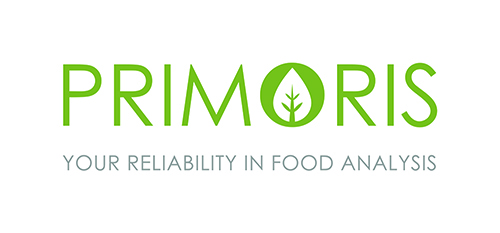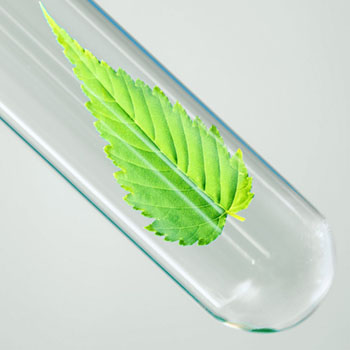|
 |
Newsletter #21 |
|
|
EU report 2017 regarding pesticide residues in foodBron: official press release EFSA In July, the European Food Safety Authority has published "The 2017 European Union report on pesticide residues in food". This report provides an overview of the 2017 official control activities on pesticide residues carried out in the European Union (EU) Member States, Iceland and Norway. It summarises the results of both the 2017 EU-coordinated control program (EUCP) and the national control programs (NP). While the NPs are mostly risk based focusing on pesticides or products originating from countries where a number of exceedances have been observed in the past, the EUCP aims to present a statistically representative snapshot of the situation of pesticide residues in food products that are mostly consumed in the EU following a random sampling procedure. Below you can find a summary of the results:
For all details, please read the extensive official report here.
|
|

|
|
